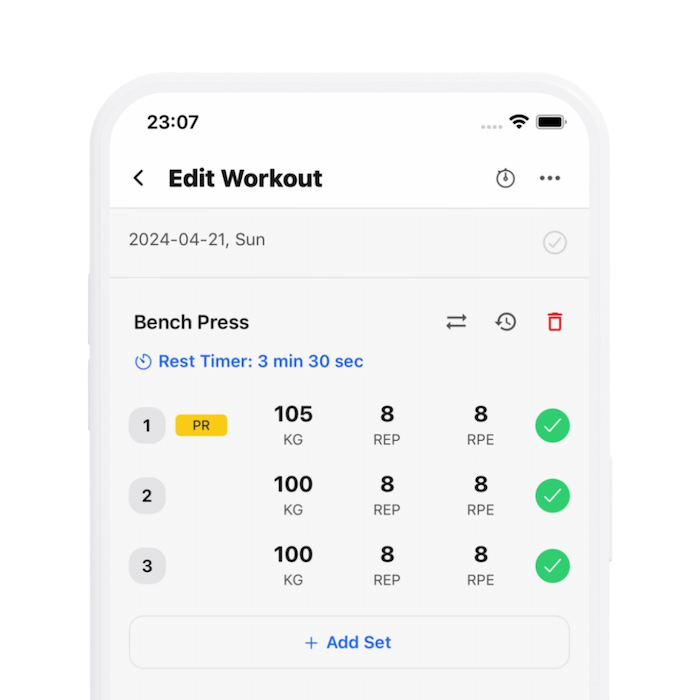30 Seconds SummaryHow strong can you get without steroids? Strength standards for natural lifters
- Natural strength goals for lifters can be benchmarked by looking at historical data, as drug testing is not always definitive.
- Steroids and performance enhancing drugs have been influencing strength sports since at least 1935, when synthetic testosterone was developed.
- Before 1936, all lifters were undoubtedly natural as synthetic androgenic-anabolic steroids (AAS) were not available.
- By the 1950s, the widespread use of steroids, especially among Soviets and East Germans, makes it difficult to trust record claims from this period as naturally achieved.
- Historic strength legends like Thomas Topham and Sigmund Klein showcased what was possible naturally with records like a 200 pound overhead press in the 1730s and a 221 pound press in 1931.
- The overhead press was a popular metric for strength until it became too modified by backward leans and ultimately steroids, prompting its removal from Olympic competition after 1972.
- Bench press standards evolved over time; a strict 364 lb press is considered legendary for natural lifters based on records that stood until the mid-20th century.
- For legitimate natural strength achievements, historic figures like Hermann Goerner and Bob Peoples set impressive benchmarks with 650 lb deadlifts and 725.75 lb respectively before widespread steroid use.
- Conclusion emphasizes that while steroids have clouded the records for strength sports, historical data suggests achievable, natural strength standards for average genetics are approximately a 300 lb bench press, 400 lb squat, and 500 lb deadlift for men.
MennoHenselmans.com
Menno Henselmans
